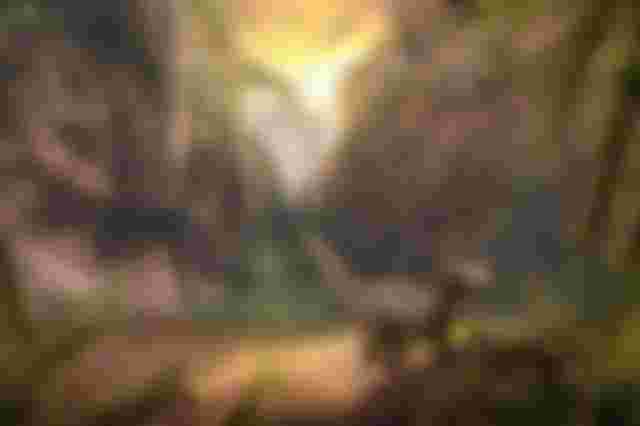Baby Birds Learning to Sing

Some birds begin to learn to sing while still inside their eggs.
Birds are examined in two different groups as those who can learn to make sounds by changing or imitating what they hear and those who cannot. Birds that can learn sounds can learn how to sing by imitating other birds after hatching. However, birds that cannot learn sounds can sing only with their innate limited phonological knowledge.
Scientists from the University of Australia found that some bird species learn to sing before they hatch. A study was carried out on five different bird species, including bird species that can and cannot learn sounds. The bird species studied were the Fabulous Fairy Warbler, Chestnut-Shouldered Fairy Warbler, Little Ground Finch, Little Penguin, and Japanese Quail. The sounds of both their own and other species were played to the eggs of these birds. At the end of the experiment, it was measured how much the embryos responded to the sound heard from their heart rate.
It was found that these birds had a lowered heart rate when they heard the sounds of their own species. Thus, it was concluded that all of the birds have become accustomed to repetitive sounds and they can distinguish these sounds from any outside sound. The researchers think that species like quail and penguins, which cannot learn distinctive sounds, also respond to sounds, enabling them to distinguish familiar sounds when they hatch.
A New Dinosaur Species Discovered in Uzbekistan

Scientists from the universities of Calgary in Canada and Tsukuba in Japan discovered a dinosaur species thought to have lived 90 million years ago. The jawbone fossil belonging to this dinosaur was found in 1908 and was taken under protection in the Tashkent Geology Museum. As a result of new analyzes made on this fossil in 2019, new information about the dinosaur came to light. It was determined that this dinosaur was a Carcharodontosaurus species with shark-like teeth, about 8 meters long and 1000 kilograms in weight. This dinosaur was named Ulughbegsaurus Uzbekistanensis, after the famous Turkish astronomer and mathematician Uluğ Bey, who lived in the 15th century.
Flying Microchip

A group of engineers at Northwestern University have developed a new type of device called a winged microchip that can probe the earth more than air.
The winged microchip doesn't have a motor, but its wings are inspired by the winged fruit of maples so it can fly. Just like these fruits, it flies with the help of the wind and lands like a helicopter. The winged microchip, released from a high altitude into the sky, can land slowly and in a controlled manner. Thus, it enables more data to be collected since it stays in the air for a long time.
Equipped with many electronic equipment such as wireless communication device, memory and various sensors, winged chips are also produced from water-soluble materials that will not harm the environment when dissolved. In addition, the winged microchip is slightly larger than a grain of sand, making it the smallest flying vehicle ever built.
There is no doubt that such a device will be used effectively in espionage activities.
Well, don't you think so?



Baby bird would one day know how to sing . merry Christmas my dear friend.